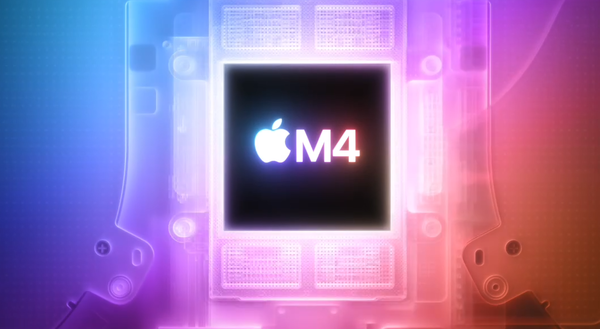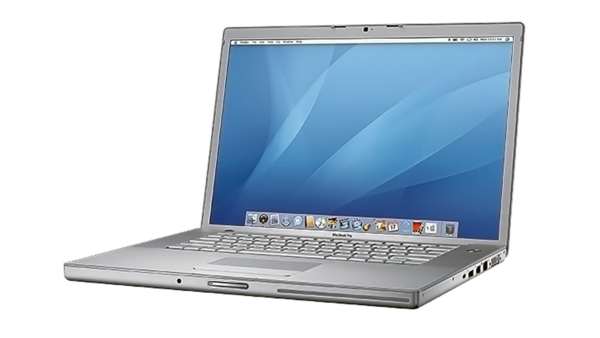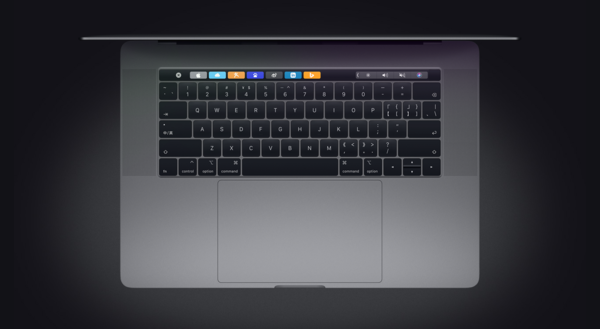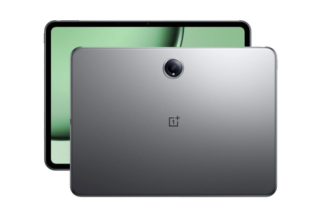
The Apple MacBook Pro has undergone a remarkable transformation since its launch in 2006. From its heavy and bulky beginnings to its sleek, powerful design today, the MacBook Pro has always been a favorite among professionals and creatives. As we look toward the future, Apple is preparing for major changes in the MacBook Pro lineup, with exciting updates expected by 2026.
MacBook Pro’s Design Evolution
The first MacBook Pro was introduced in 2006, marking a significant milestone in Apple’s history. This model was notably thick, weighing around 2.5 kilograms—quite heavy compared to today’s standards. It was Apple’s first laptop to feature the MagSafe power connector and a backlit keyboard, marking the transition from PowerPC to Intel processors. Fast forward to 2008, Apple redesigned the MacBook Pro with an aluminum alloy casing, making it lighter and more stylish, and all ports were relocated to the left for a streamlined appearance.
In 2012, Apple made the MacBook Pro thinner, lighter, and introduced the Retina display—offering an entirely new level of screen resolution. This shift also saw the removal of the optical drive, setting the stage for future Apple devices. By 2015, the MacBook Pro featured the innovative Force Touch trackpad, enhancing the user experience with tactile feedback. The 2016 model brought more significant changes, including the introduction of the Touch Bar and the switch to USB-C/Thunderbolt charging, marking a departure from the traditional MagSafe connector.
However, not all design changes were met with approval. In 2017, Apple introduced the “Butterfly” keyboard, which was plagued with reliability issues, prompting Apple to offer a $300 million compensation package. The 2019 MacBook Pro’s major design revision saw the return of the 16-inch model, with improved screen and sound quality, alongside the much-anticipated Magic keyboard.
Looking Ahead: 2024-2026 MacBook Pro Changes
The Apple MacBook Pro has consistently evolved, and major updates are expected in the coming years. While the 2024 MacBook Pro will retain the previous design, it will introduce a new “space black” color option and Thunderbolt 5 support, offering double the transmission speed compared to the previous generation. Apple’s focus in 2025 will primarily be on the introduction of the M5 chip, maintaining the design with minimal changes.
However, the real leap will come in 2026, when Apple celebrates the MacBook Pro’s 20th anniversary with a significant design overhaul. Rumors suggest that the 2026 MacBook Pro will feature OLED screens, making the display more vibrant and energy-efficient. Additionally, Apple is reportedly working on creating a thinner and lighter body, further enhancing portability without compromising performance.
The Impact of the M-Series Chips
One of the most transformative changes to the MacBook Pro came in 2020 when Apple introduced the M1 chip, based on ARM architecture. This move marked a shift away from Intel processors and dramatically improved performance and battery life. In 2021, the MacBook Pro models saw significant upgrades, including the return of MagSafe charging, the removal of the Touch Bar, and the inclusion of additional ports like HDMI and SDXC card slots. The 16-inch MacBook Pro also featured a 1080p webcam, improving video call quality—a much-needed upgrade for remote work and online meetings.
The 2024 M4 MacBook Pro will focus on performance improvements, with Thunderbolt 5 and a nano-texture glass screen. While design changes will be minimal, this update is expected to enhance overall user experience. However, if you are looking for groundbreaking design changes, you’ll have to wait for the 2026 model, which is rumored to bring substantial upgrades, such as OLED displays and a more compact build. This will likely be a significant milestone for Apple, combining innovation with the brand’s classic design elements.
Apple’s Commitment to AI and the Future of MacBook Pro
Looking forward to the next few years, Apple’s focus will be on integrating artificial intelligence (AI) capabilities into its MacBook Pro lineup. In fact, Apple has already joined the AI PC wave, as seen with the M3 MacBook Air released earlier this year. According to Apple’s latest financial report, the company plans to increase investment in AI projects in fiscal year 2025. This could mean that the MacBook Pro will continue to evolve with more AI-driven enhancements, particularly in terms of processing power and efficiency.
In the next five years, it’s likely that the MacBook Pro’s biggest updates will focus on its processor, ensuring even greater speed, efficiency, and AI integration. While the design will continue to prioritize thinness and portability, the heart of the MacBook Pro will remain its powerful chip and cutting-edge technology.
Conclusion: The Classic Design Meets Future Innovation
From the heavy, bulky models of 2006 to the lightweight, sleek machines of today, the Apple MacBook Pro has undergone a stunning transformation. The 2026 model will bring a fresh wave of innovation, combining Apple’s classic design with futuristic updates like OLED screens, a thinner and lighter build, and even more advanced processing power. As we approach this milestone, the MacBook Pro’s evolution remains a testament to Apple’s dedication to enhancing user experience while maintaining its iconic aesthetic.
As Apple moves forward, MacBook Pro enthusiasts can look forward to exciting developments that blend tradition with innovation—ensuring the MacBook Pro remains at the forefront of both design and performance for years to come.











